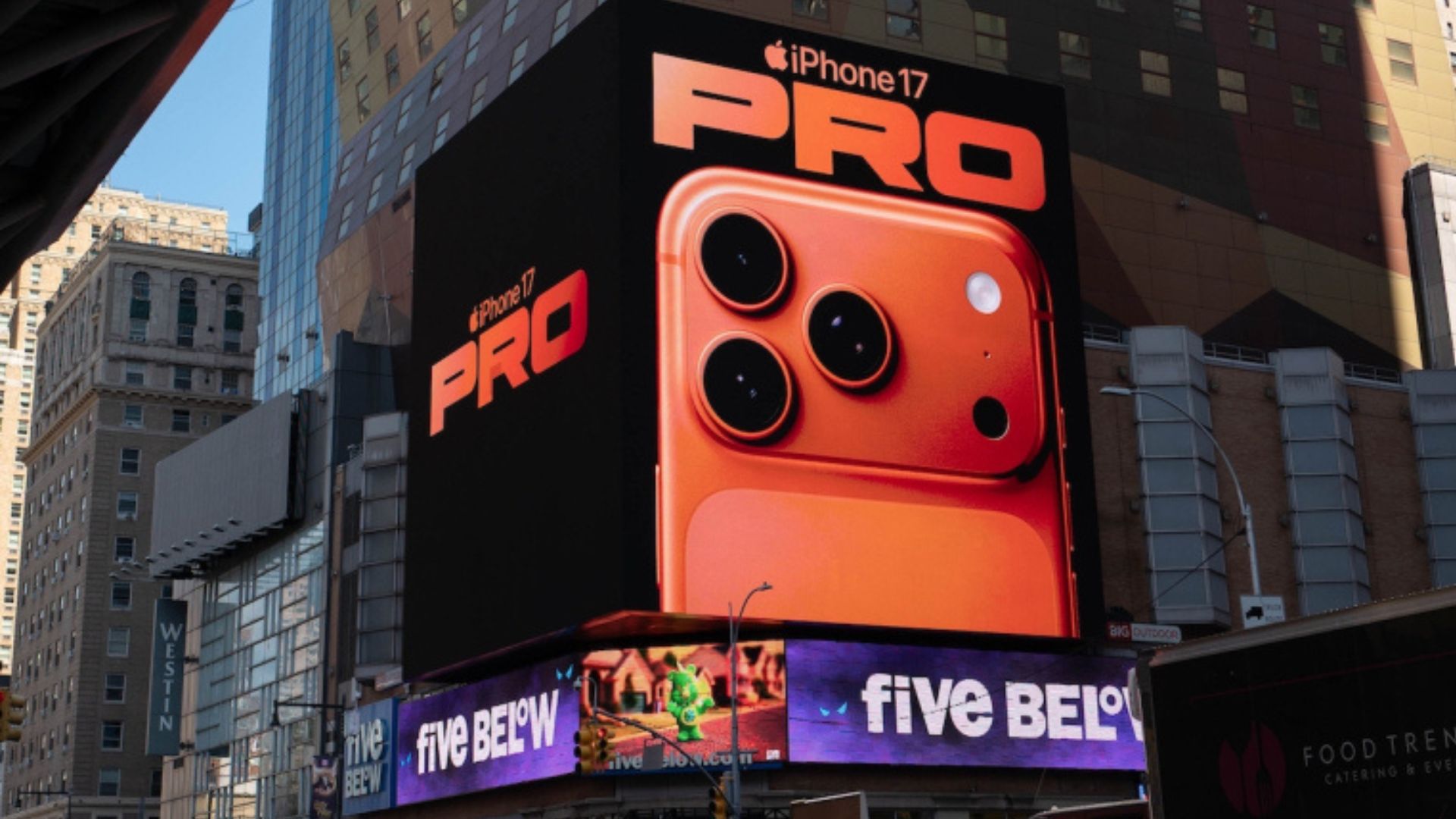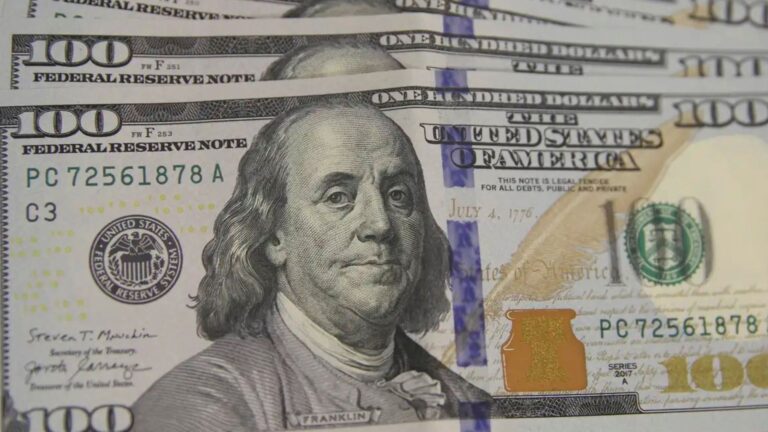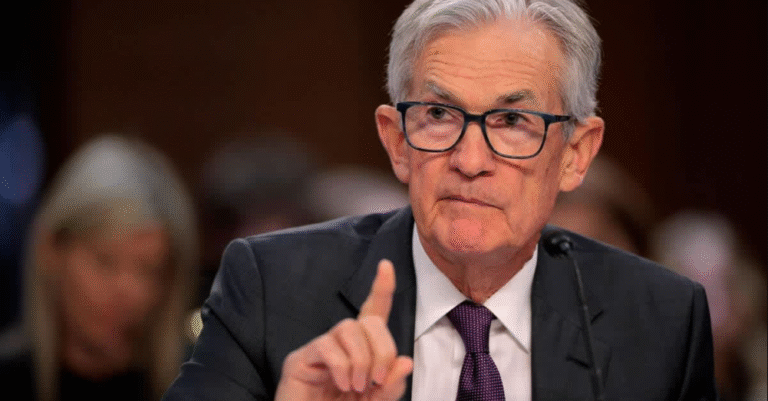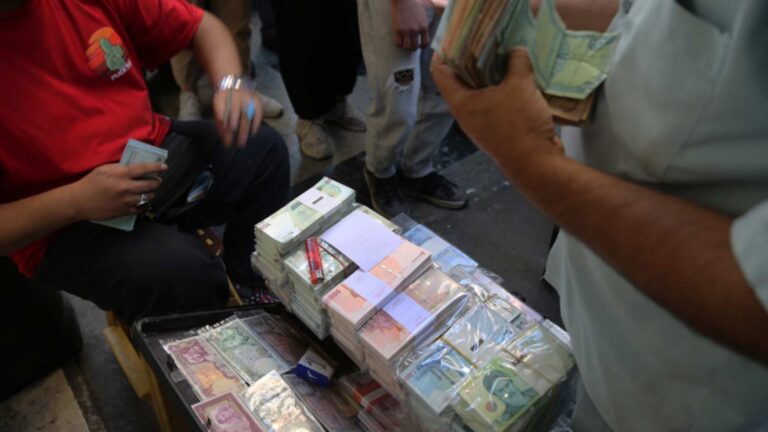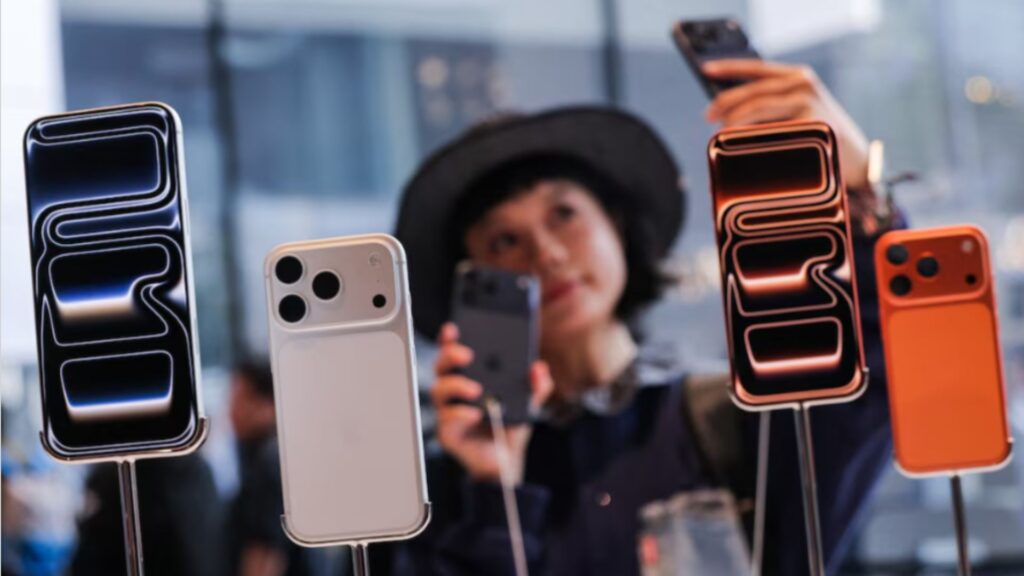
Apple shares climbed 3.2% on Friday, closing at $245.50, following the global debut of the iPhone 17 series on September 19, 2025. Surging demand for the $799 base model led the company to instruct suppliers to increase production by up to 40%, fueling market optimism and prompting JPMorgan to raise its price target on Apple to $280 from $255 (Economic Times).
Strong Sales Drive Production Increases
According to The Information, Apple asked Luxshare Precision—one of its primary assemblers in China—to boost daily output of the standard iPhone 17 by 40%, while instructing a parts supplier to raise non-electrical component production by 30%. Consumers have gravitated toward the more affordable iPhone 17, which now features a ProMotion display, enhanced camera system, and Center Stage front camera—capabilities previously exclusive to Pro models. This narrowing of the feature gap appears to be shifting price-sensitive buyers toward the base model, helping iPhone 17 sales outpace the iPhone 16 debut by 19% globally, with particularly strong uptake in India and China (PYMNTS).
Stock Surge and Analyst Upgrades
Fueled by robust early demand, Apple’s rally was further supported by JPMorgan’s upgraded forecast of 236 million iPhone shipments in fiscal 2026—a 2% year-over-year rise expected to drive mid- to high-single-digit revenue growth. The firm also flagged the potential upside from a foldable iPhone anticipated in fall 2026, which could bolster fiscal 2027 projections. Positive sentiment from other analysts contributed to the stock’s outperformance amid a broader technology sector rally.
Global Launch Success Despite Challenges
Long lines formed from New York to Mumbai, with CEO Tim Cook personally greeting customers at Apple’s Fifth Avenue flagship. Chinese e-commerce giant JD.com reported more iPhone 17 preorders in the first minute than the iPhone 16 saw in its entire first-day sales. Yet Apple still faces headwinds, including intensifying competition from Huawei and Xiaomi in China and scrutiny over the pace of its artificial intelligence rollout. While the shift toward a lower-priced model supports market share, it may compress margins if Pro model uptake underperforms.
The iPhone 17 Pro starts at $1,099—a $100 increase—while the standard model holds at $799 despite significant feature upgrades. Early reports indicate Pro variants are selling out across multiple retail channels, suggesting strong demand at the high end as well.




